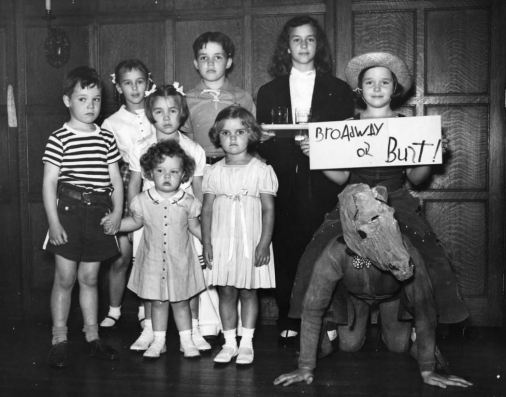As this year comes to a close, the Center for Collections and Research has done some number crunching on 2016. Below, you’ll find information on visitors and events supported by the Center throughout the year. While we’re proud of our overall growth as a division of the Cranbrook Educational Community, we like to keep in mind that each number counted represents an individual person who’s had the opportunity to explore Cranbrook’s architecture or collections in depth and hopefully engage in meaningful ways with our history and legacy.
It’s been a fantastic year for the Center, and we’re excited about what’s on the drawing board for 2017. We hope to see you at future events (make sure you’re on our email list by contacting us) and hope you and yours have a very Happy New Year!
Archives
›› Responded to 803 unique requests from national and international users, including 439 email and 42 phone inquiries, 181 researchers in the Reading Room, and 141 group visitors
›› Responded to 578 unique requests from Cranbrook faculty and staff

Friends of the Leonard N. Simons Jewish Community Archives tour Cranbrook Archives, Sept. 2016
Tours
›› Offered 103 public Saarinen House Tours (in collaboration with Cranbrook Art Museum) to 584 visitors (April through October 2016) and provided 27 private tours for 124 visitors
›› Gave 48 public tours (20 sold out) to 387 visitors (April through October 2016) and provided 12 private tours for 132 visitors to the Frank Lloyd Wright Smith House (in collaboration with the Towbes Foundation)
›› Crafted custom campus tours for 392 visitors (April through October 2016)
›› Welcomed national and international conference attendees with groups sponsored by LaFargeHolcim Company, Switzerland; A4LE; the Congress for New Urbanism; and DoCoMoMo-US Day Away Tours
›› Led two sold-out Pewabic Pottery focused tours to Detroit (May and June
2016)
›› Led an Albert Kahn-themed tour to the University of Michigan (October 2016)
›› Engaged 195 guests Pewabic Pottery Walking Tours of the Cranbrook Campus

Pewabic Pottery Walking Tour preparing to enter Saarinen House, Aug. 2016
Exhibitions
›› Presented Designs of the Times: 100 Years of Posters at Cranbrook (December 2015 through March 2016)
›› Organized Simple Forms, Stunning Glazes: The Gerald W. McNeely Collection of Pewabic Pottery in collaboration with Cranbrook Art Museum (December 2015 through August 2016)
›› Engaged 192 people at the opening and 18,827 people during the run of the Pewabic exhibition

Simple Forms, Stunning Glazes in the lower level of the Cranbrook Art Museum, Dec.-Aug. 2016
Lectures & Events
›› Two historians and two artists, including Roberto Lugo from Vermont, spoke about the legacy of Pewabic Pottery to 65 people (February 2016)
›› Kendall Brown spoke about Japanese style gardens in America to 186 people (April 2016)
›› Crafted an “Edible Landscape” dinner for 63 guests with Gold Cash Gold that celebrated the centennial of the first performance in Cranbrook’s Greek Theatre (June 2016)
›› Premiered PBS’ newest American Master’s film Eero Saarinen: The Architect Who Saw the Future to 219 guests in deSalle Auditorium
›› 11 experts presented the Preserving Michigan Modern lecture series, in collaboration with the State Historic Preservation Office, to a total of 375 people (October and November 2016)
›› Celebrated the North American launch of the book Millesgården: The Home and Art of Carl Milles with a violin and piano concert of works by Beethoven, attracting 60 guests on a very snowy Sunday (December 2016)

The red carpet and searchlights for the film premiere of Eero Saarinen: The Architect Who Saw the Future, Sept. 2016
-Jody Helme-Day, Administrative Assistant and Kevin Adkisson, Center Collections Fellow














